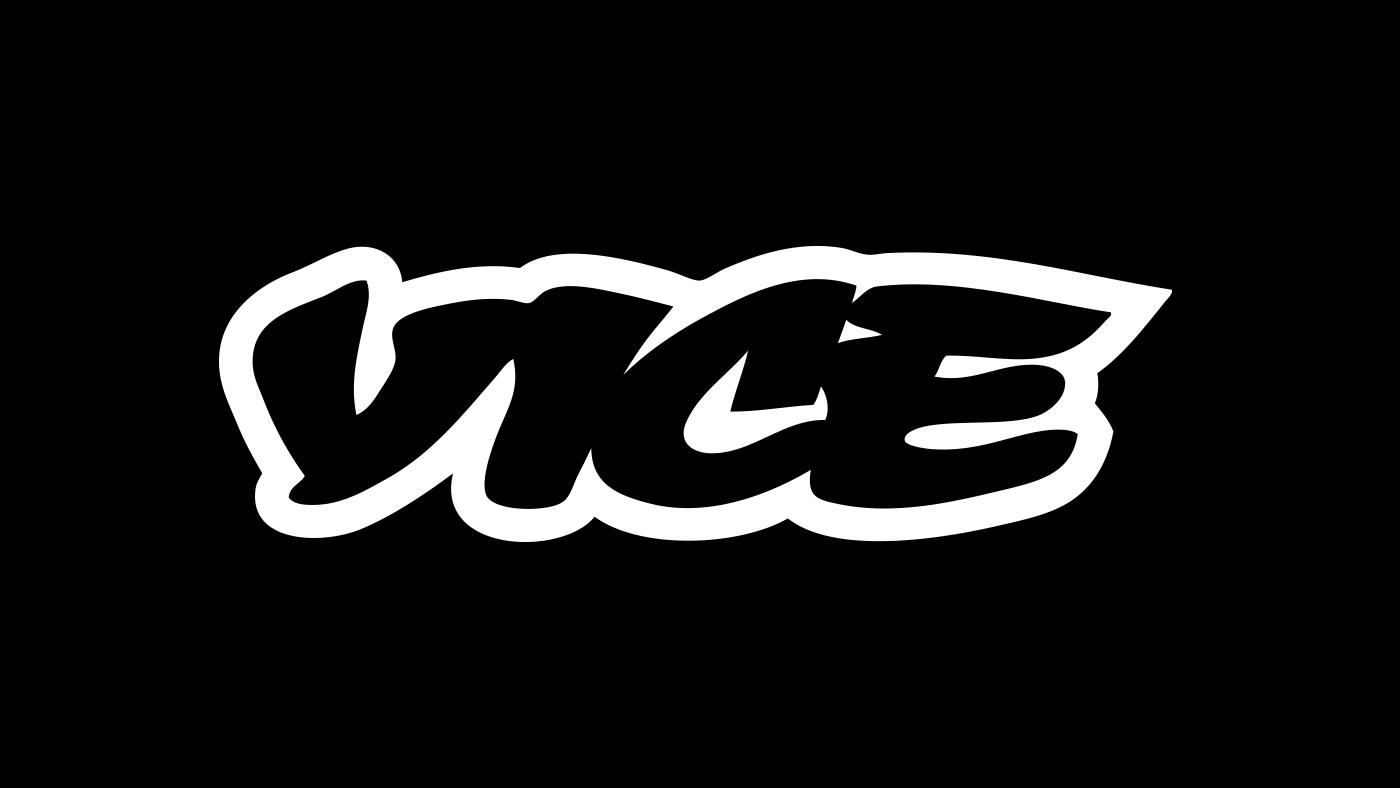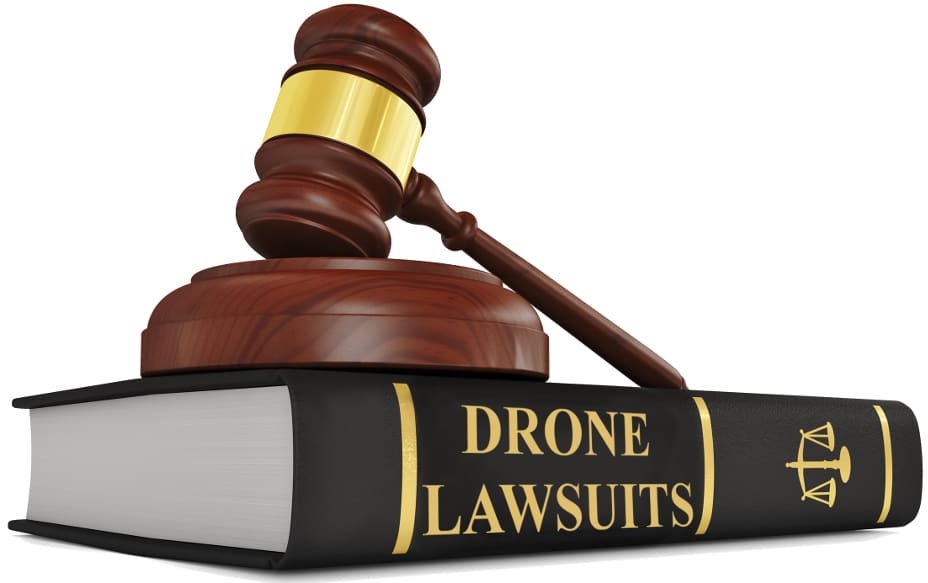Hey all,
Apologies if this has been covered elsewhere, but is there any way to turn off the geo-fencing on the DJI Go 4 app (running the latest version 4.3.17)?
I fly a lot for the military & encountered an issue in Germany yesterday. I was flying indoors in a huge hangar, but it was just down the road from the Rammestein Air Force base & the craft refused take-off, saying I was within restricted airspace. With the client along-side me I was a little taken aback to find out I could no longer hit a check-box to acknowledge that I took full responsibility for my flight as I have done previously whilst flying on military ground.
Can anyone tell me how to/if it’s still possible override the software.
Cheers,
Martin.
Apologies if this has been covered elsewhere, but is there any way to turn off the geo-fencing on the DJI Go 4 app (running the latest version 4.3.17)?
I fly a lot for the military & encountered an issue in Germany yesterday. I was flying indoors in a huge hangar, but it was just down the road from the Rammestein Air Force base & the craft refused take-off, saying I was within restricted airspace. With the client along-side me I was a little taken aback to find out I could no longer hit a check-box to acknowledge that I took full responsibility for my flight as I have done previously whilst flying on military ground.
Can anyone tell me how to/if it’s still possible override the software.
Cheers,
Martin.






